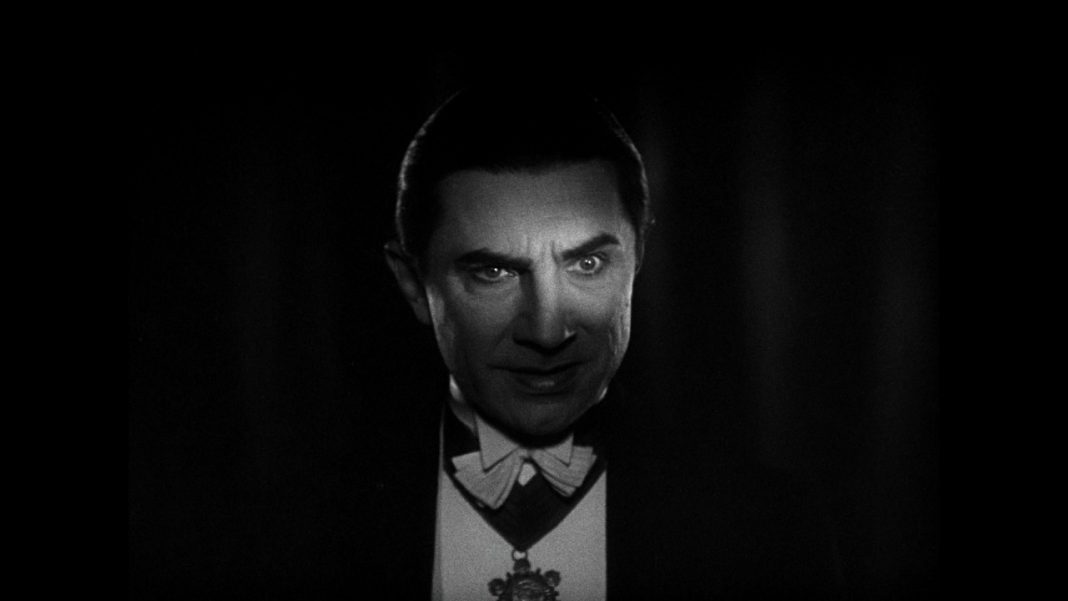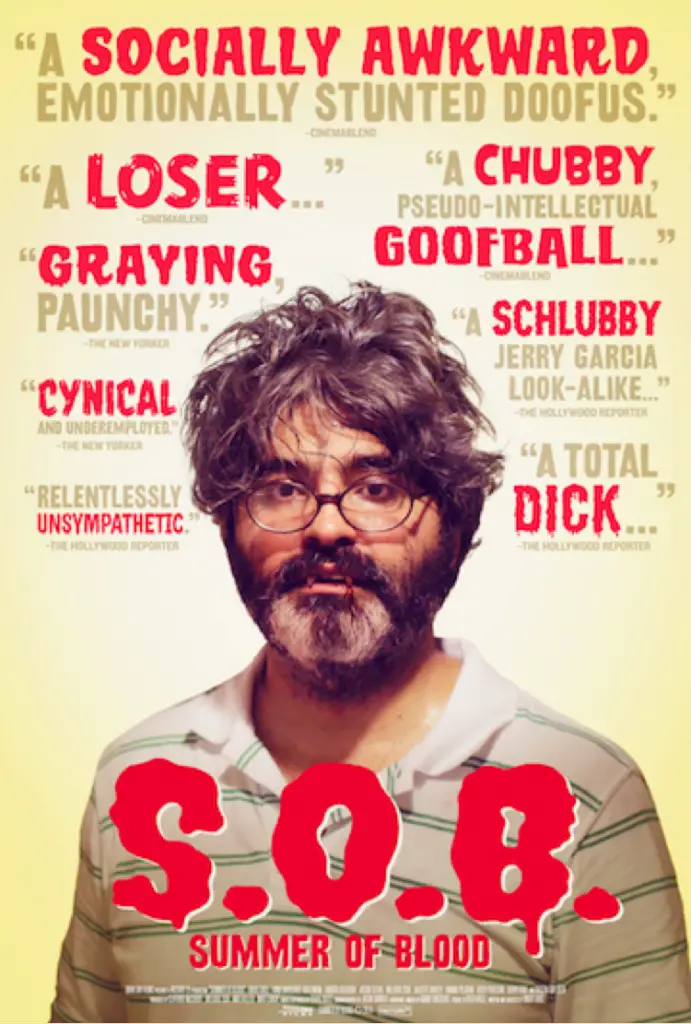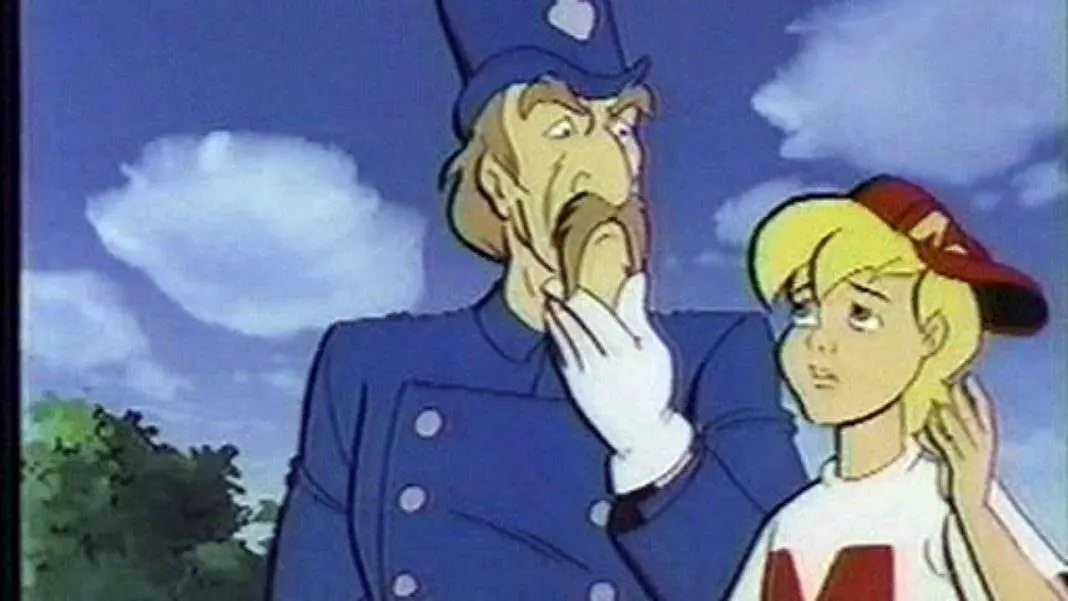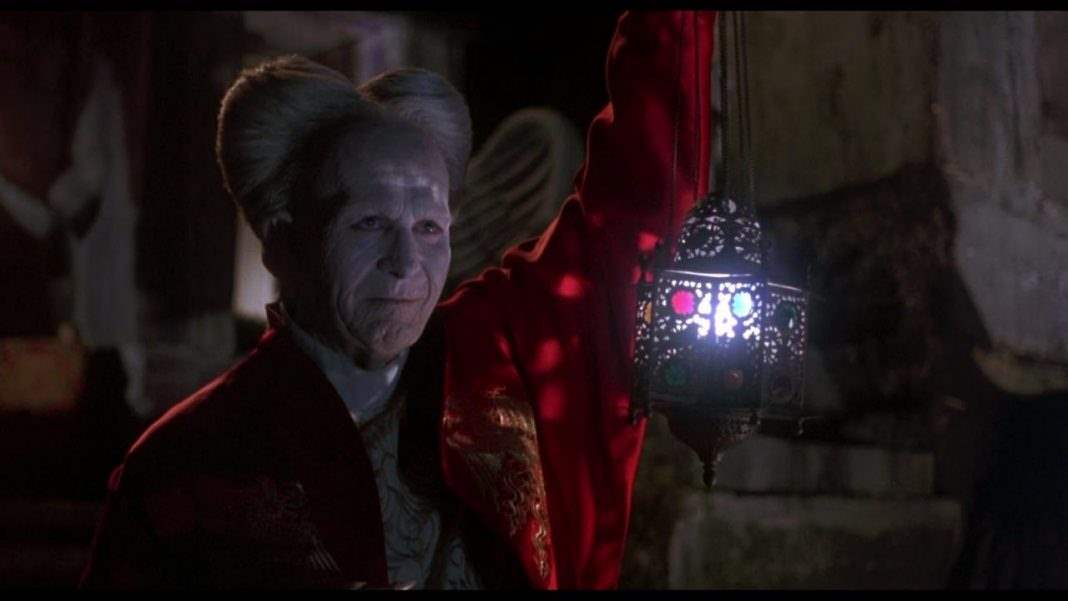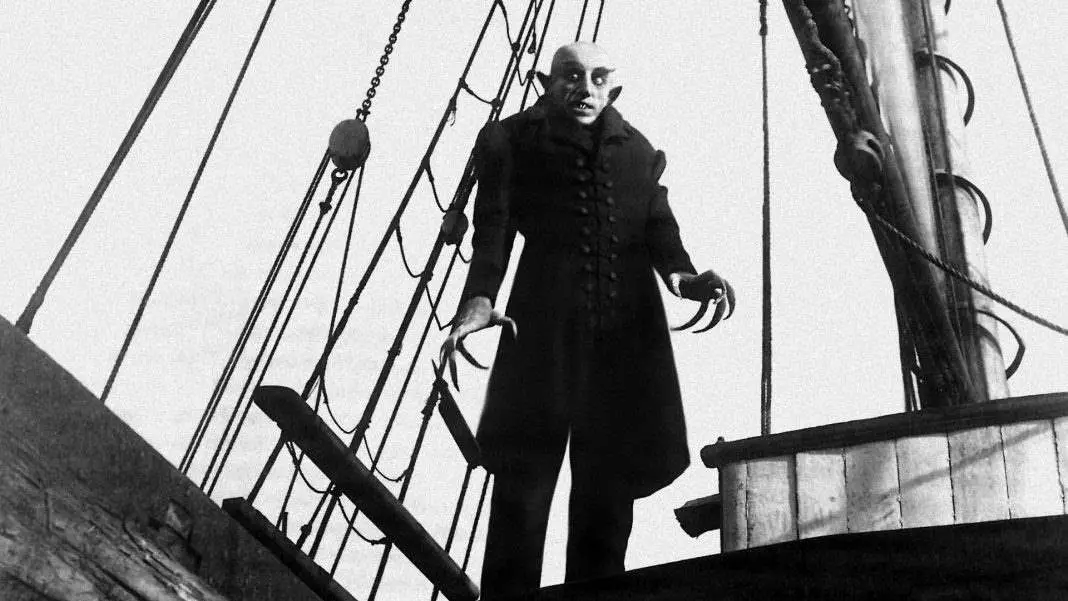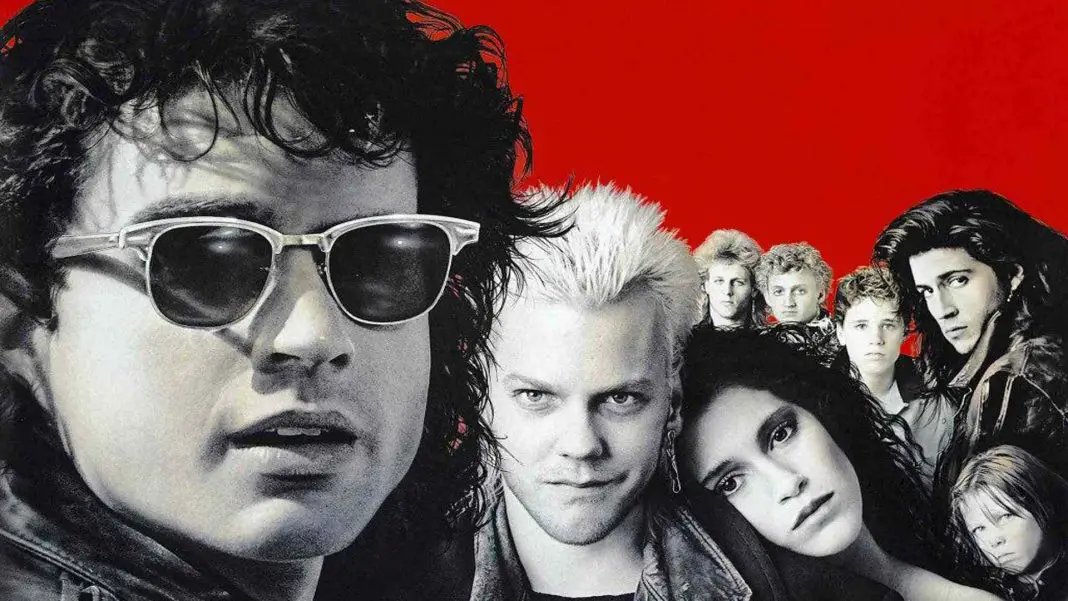The Universal monster movies are generally known to be part of the foundation of classic horror. There’s no real point in arguing this fact. While they are obviously dated and were made during a much different time period, most of them are still fairly easy to watch today. All the same, there are some that suffer more than others. While it is highly regarded as a classic, and even deserves its title as such, Tod Browning’s Dracula is one of those films. When compared to the other classic Universal titles especially, it simply doesn’t hold up. There are several reasons for this, boiling down to much more than just time.
The movie opens strong, with Dwight Frye’s Renfield journeying to Castle Dracula and meeting the Count. A great sense of dread is built up before Renfield arrives at his destination. When we are introduced to Bela Lugosi as Dracula, the tension continues to mount and the uneasy chemistry between the two actors is exceptional.
But with all of that tension built up throughout the prologue, nothing really ends up happening. We see very little of Renfield’s attack, none of what truly triggers his descent to insanity and simply move on to the next scene. This becomes the film’s greatest problem: While there is a heavy emphasis on dialogue and much is talked about, nothing much actually happens.
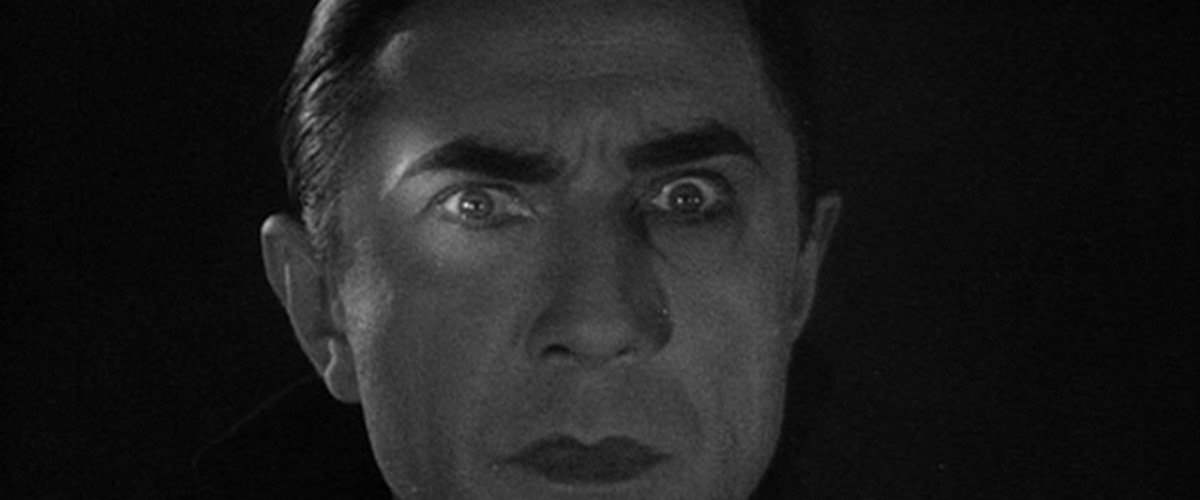
Because of the sheer number of Dracula adaptations, we’ll look at the most common traits through each in order to make the proper comparison: In most versions Dracula arrives in London in a coming storm, Lucy is turned into a vampire after being somehow seduced by the Count, Dracula sets his sights on Mina and is destroyed at the end. These are very general, but choosing from over a hundred film versions, these are the most common plot points.
The first we see at least some of, watching the boat rock back and forth as it carries Dracula’s coffin. The book is naturally much more detailed on the matter. In it, the crew of the ship are picked off one by one until the captain, near death, ties himself to the wheel in order to make sure the boat reaches port. These details are discussed after the fact, when Renfield is found raving and insane as the ship’s only survivor. It’s not much, but this is the plot point that we see the most of.
 Lucy is an entirely different matter. Her death and resurrection as a vampire is in some ways the most important plot point of the Dracula story. It showcases just what the Count is truly capable of, gives the characters a loss to tie them together, and perfectly shows the transformation from human to vampire as something that is not romantic but simply disturbing. Her transformation takes up much of the book, as it is treated like a disease even though it is supernatural in nature.
Lucy is an entirely different matter. Her death and resurrection as a vampire is in some ways the most important plot point of the Dracula story. It showcases just what the Count is truly capable of, gives the characters a loss to tie them together, and perfectly shows the transformation from human to vampire as something that is not romantic but simply disturbing. Her transformation takes up much of the book, as it is treated like a disease even though it is supernatural in nature.
In the film, Dracula speaks to Lucy when introducing himself to the group. By the standards of 1931, it is very much a seduction scene. They speak of death, of poetry, and Lucy’s immediate attraction to the Count is clear. We later see a bat outside her window and the Count appears in her room at night.
He slowly approaches her and that’s the end of it. This happens again as Dracula returns to bite her and all we see is his leering face. Most of Lucy’s illness is kept intact and like the novel, Dr. Van Helsing is brought in to help identify her mysterious sickness because he is an expert in strange diseases.
 Lucy’s resurrection as a vampire is another matter entirely. It’s still a plot point, but we see absolutely none of it. She comes back from the grave and begins abducting children. Van Helsing, knowing what has become of her, enlists the help of Mina’s fiancé John Harker to stake her in the heart and give her some sense of peace. This is a defining moment in the story. It is the moment when the characters come together, agreeing to stop Dracula even if it kills them, and all of it happens off screen here. The entire matter is talked about after the fact.
Lucy’s resurrection as a vampire is another matter entirely. It’s still a plot point, but we see absolutely none of it. She comes back from the grave and begins abducting children. Van Helsing, knowing what has become of her, enlists the help of Mina’s fiancé John Harker to stake her in the heart and give her some sense of peace. This is a defining moment in the story. It is the moment when the characters come together, agreeing to stop Dracula even if it kills them, and all of it happens off screen here. The entire matter is talked about after the fact.
The same is true for Dracula’s death. Things seem to be picking up when there is a dramatic chase scene back to the ruins of Carfax Abbey after Dracula abducts Mina, hoping to make her his slave. Van Helsing and Harker track down the Count’s coffin, vowing to put a stake through his heart and bring the story to a close. Again, we see none of this unfold onscreen.
 Some of this would naturally come down to what could and could not be shown on screen in 1931. But even compared with other films of the era like Frankenstein and The Wolf Man, Dracula is completely tame. Nothing happens off screen in either of those and both contain disturbing sequences, clearly meant to shock the viewer. While Dracula is a more atmospheric horror, it looks even older when paired with the other Universal classics. Nosferatu, a movie made a decade earlier, showed much more than Browning’s Dracula.
Some of this would naturally come down to what could and could not be shown on screen in 1931. But even compared with other films of the era like Frankenstein and The Wolf Man, Dracula is completely tame. Nothing happens off screen in either of those and both contain disturbing sequences, clearly meant to shock the viewer. While Dracula is a more atmospheric horror, it looks even older when paired with the other Universal classics. Nosferatu, a movie made a decade earlier, showed much more than Browning’s Dracula.
This doesn’t mean that Dracula doesn’t contain great sequences. It is a movie ultimately saved by its actors. Lugosi’s performance is inherently sinister, commanding and endearing at the same time. Dwight Frye is the best actor here seamlessly transitioning from an uptight solicitor into a portrait of raving insanity. The production design is also gorgeous, especially at the Abbey and Dracula’s castle. But ultimately, this is a stage play adapted too literally. While there are certainly strong performances, there’s not enough going on for it to totally work as a film.
